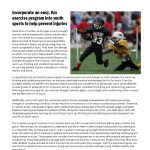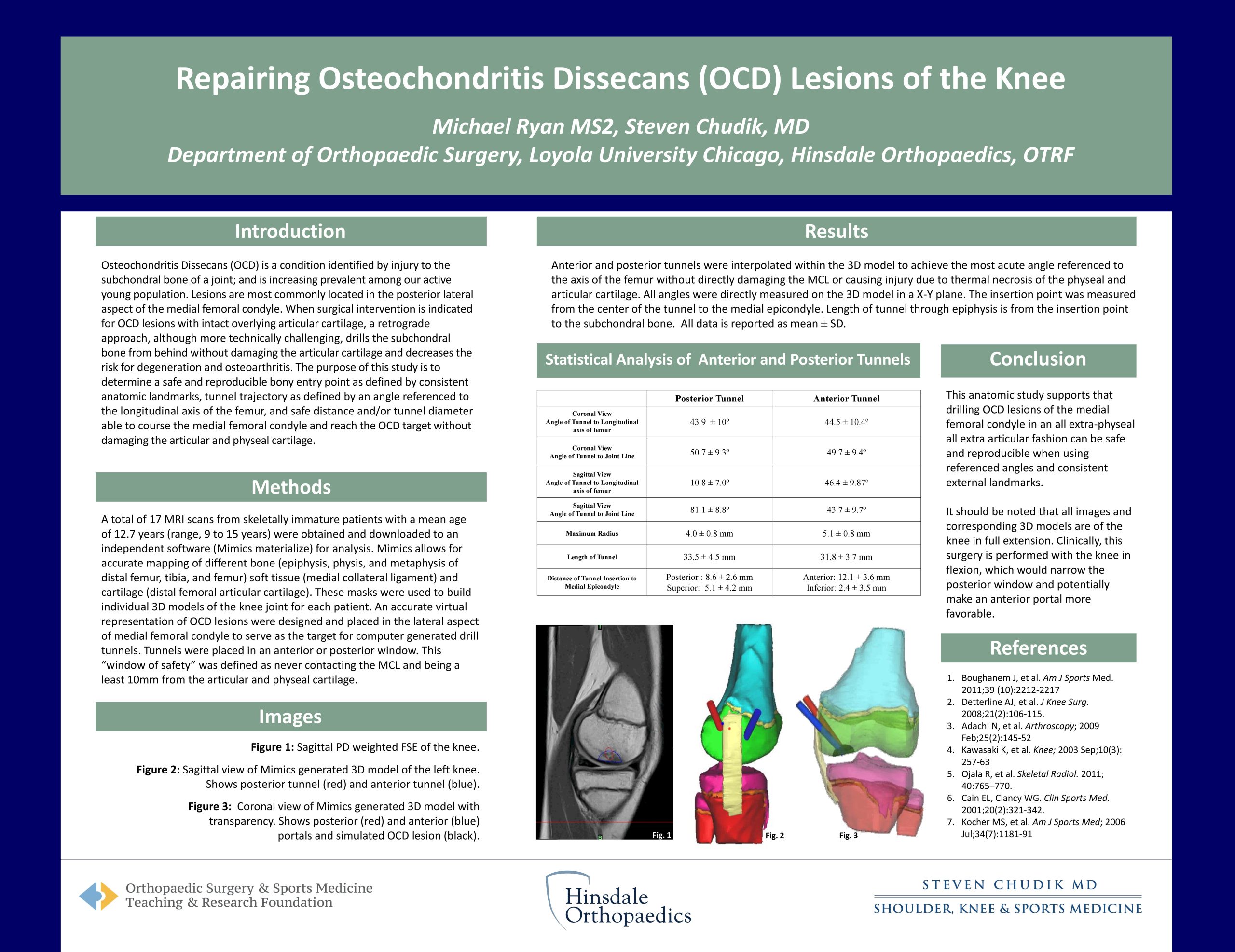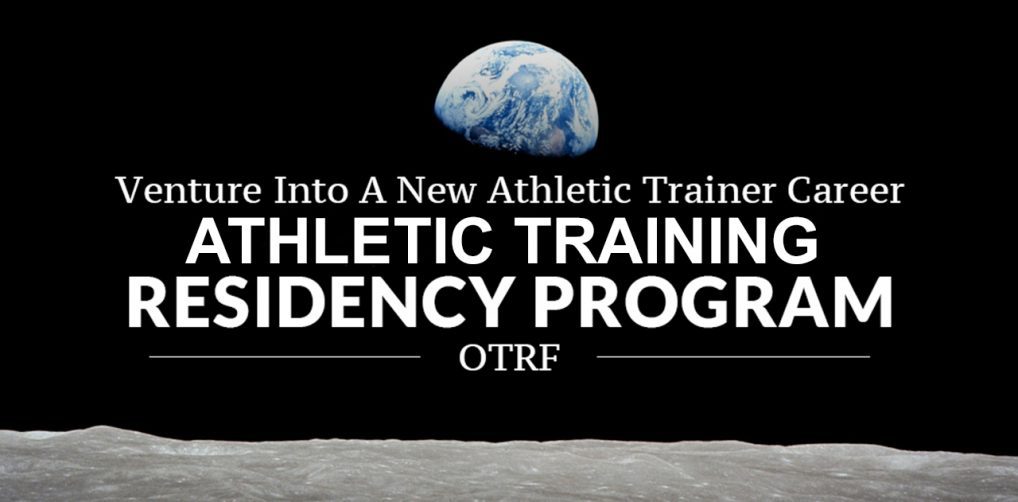 Proper warm-up, conditioning exercises can help prevent youth sports injuries
Proper warm-up, conditioning exercises can help prevent youth sports injuries
Osteochondritis dissecans (OCD) is a localized injury or condition affecting the bone just below the cartilage surface of a joint. OCD is often associated with repetitive trauma and sports. In OCD, the involved bone just below the joint surface fails and fractures from repetitive stress or from interruption of its local blood supply. Eventually, the overlying cartilage, not properly supported by the affected bone, can separate and an OCD fragment of bone and cartilage can break loose. If the OCD is stable (not loose) and the patient is still growing, conservative treatment of rest and protected weight bearing sometimes can allow it to heal. However, when the OCD lesion is more mature and has separated from the rest of the bone, either with the overlying cartilage intact, partially separated or completely separated (loose body), surgery is often needed to stimulate, graft, stabilize, or remove the OCD fragment. If neglected, the OCD may come loose, catch in the joint, (causing pain, locking, clicking, etc.) and leave a hole in the joint surface that will accelerate the wear and tear and arthritis of the knee joint. Arthroscopic surgery is indicated to evaluate, remove or repair these OCD fragments when they fail conservative treatment or are separating and unable to heal. It is unknown exactly what causes OCD to happen but many theories exist including traumatic injury (direct injury to the joint), repetitive stress (overuse), loss of blood supply to the bone, and abnormal bone formation.
Some OCDs can be repaired while others cannot, depending on the size, location, age, etc. of the lesion. In either situation, Dr. Chudik evaluates and treats OCDs through small limited incisions and specialized instruments of his own design with the use of an arthroscope (small camera). Lesions that cannot be repaired can be removed with special instruments and the hole left in the bone and cartilage can be smoothed of any rough edges or unstable flaps and stimulated to fill in with reparative tissue. Other OCD lesions can be repaired in a variety of ways depending on the location and size of the OCD lesion. Dr. Chudik has developed novel techniques to be able to come in from behind the cartilage (retrograde) with drilling and bone grafting to fill the hole and create a stable joint surface. Dr. Chudik will discuss various options with you and help determine the best treatment for you.
Osteochondritis Dissecans (OCD) is a condition identified by injury to the subchondral bone of a joint; and is increasing prevalent among our active young population. Lesions are most commonly located in the posterior lateral aspect of the medial femoral condyle. When surgical intervention is indicated for OCD lesions with intact overlying articular cartilage, a retrograde approach, although more technically challenging, drills the subchondral bone from behind without damaging the articular cartilage and decreases the risk for degeneration and osteoarthritis. The purpose of this study is to determine a safe and reproducible bony entry point as defined by consistent anatomic landmarks, tunnel trajectory as defined by an angle referenced to the longitudinal axis of the femur, and safe distance and/or tunnel diameter able to course the medial femoral condyle and reach the OCD target without damaging the articular and physeal cartilage.
This anatomic study supports that drilling OCD lesions of the medial femoral condyle in an all extra-physeal all extra articular fashion can be safe and reproducible when using referenced angles and consistent external landmarks. It should be noted that all images and corresponding 3D models are of the knee in full extension. Clinically, this surgery is performed with the knee in flexion, which would narrow the posterior window and potentially make an anterior portal more favorable.
Learn More
Content provided by Dr. Chudik not to be used for diagnosis and treatment. You can receive a proper evaluation and diagnosis by making an appointment with Dr. Chudik
 Expand your world of opportunities as a Clinical Athletic Trainer
Expand your world of opportunities as a Clinical Athletic TrainerOTRF is accepting applications until March 15 for its 2024-2025 CAATE-accredited Athletic Training Residency Program
Applications and additional information are available here.